This is meant to give an idea about the place I reside.
Tyre is an ancient Phoenician city and the legendary birthplace of Europa and Elissa (Dido). Today it is the fourth largest city in Lebanon and houses one of the nation's major ports. Tourism could be a major factor for the towns economy but it's close proximity to the Lebanese?Israeli border or better ceasefire line prevents a lot of foreigners from coming and visiting. That said, there is a steady stream of internal visitors, since Tyre has one of the longest public beaches in the country which is a is a major attraction for people to come down as far as Beirut and beyond. Another attraction was or still is the relatively relaxed atmosphere in the town, despite being a stronghold of the Hisbollah and Amal movement. Live here is much more liberal and open then in many of the Gulf states or other Middle Eastern countries. Alcohol, for example can be bought in one supermarket and is served in restaurants within the Christian Quarter and until recently also in other restaurants in the city. Unfortuanetly a more rigid view has been on the agenda, but seems to come from outsiders of the city and could be attributed to Salafist i.e. Sunni elements. The city has a number of ancient sites, including its Roman Hippodrome which was added to UNESCO's list of World Heritage Sites in 1979.

 This is the view of Tyre looking from south to north along the public beach. During winter months this public beach is a marine sanctuary were endangered Sea Turtles breed.
This is the view of Tyre looking from south to north along the public beach. During winter months this public beach is a marine sanctuary were endangered Sea Turtles breed.

 Here it shows Tyre viewed from close to the southern border/ceasefire line, appearing in the distant haze like a metropolis, kind of Manhattan as seen from the Jersey shore. But this is only if viewed from the distance.
Here it shows Tyre viewed from close to the southern border/ceasefire line, appearing in the distant haze like a metropolis, kind of Manhattan as seen from the Jersey shore. But this is only if viewed from the distance.
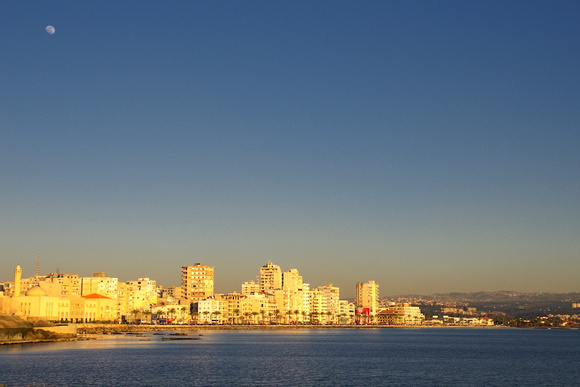

This is the view of Tyre from the west, i.e. from an small peninsula close to were the old Phoenician Harbour used to be, with the foreground being the Corniche Seafront with restaurants, some shops and hotels and apartments.
Tyre originally consisted of two distinct urban centers, Tyre itself, which was on an island just off shore, and the associated settlement of Ushu on the adjacent mainland. Alexander the Great connected the island to the mainland coast by constructing a causeway during his siege of the city, demolishing the old city to reuse its cut stone. The original island city had two harbors, one on the south side and the other on the north side of the island. It was these two harbors that enabled Tyre to gain the maritime prominence that it did; the harbor on the north side of the island was, in fact, one of the best harbors on the eastern end of the Mediterranean. The harbor on the south side has silted over, but the harbor on the north side is still in use as can be seen on the photo below.
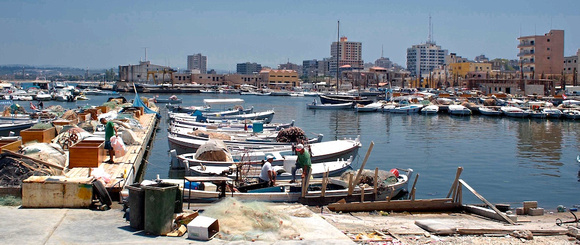

This is a view of the Palestinian Refugee Camp (PRC) Rashidieh, located south of Tyre on the beach towards Naqoura and the border. As of 2003 there are 25,580 registered refugees in the camp, the real number of people living there is for sure much higher. There are another 3 refugee camps in and around Tyre, but Rashidieh is the biggest of them.
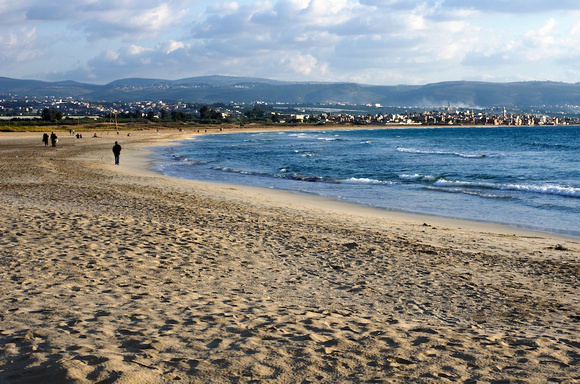

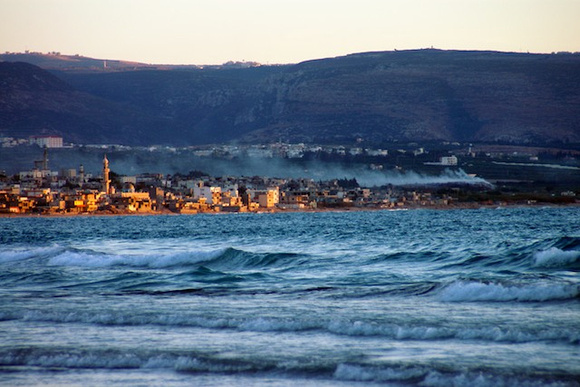

The camp is containing an older and a newer part. The older part was built by the French government in 1936 to accommodate Armenian refugees who fled to Lebanon. The "new camp" was built by UNRWA in 1963 to accommodate Palestine refugees who were evacuated from Gouraud camp in the Baalbek area of Lebanon. Most of the inhabitants of Rashidieh camp originally come from Deir al-Qassi, Alma an-Naher and other villages in northern Palestine. The camp lies on the coast, 5km from Tyre. Rashidieh was heavily affected during the Lebanese civil war, especially between 1982 and 1987. Nearly 600 shelters were totally or partially destroyed and more than 5,000 refugees were displaced. Remaining shelters need serious rehabilitation. Employment opportunities are very limited. Most residents work seasonally in agriculture and construction.
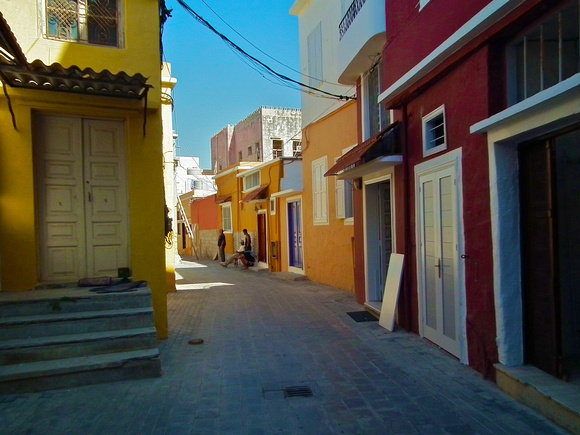
 This is part of the new renovation program that is ongoing in the Old City quarter of Tyre, the area next to the port. Dominantly Christian and the seat of the orthodox Archbishop of Tyre.
This is part of the new renovation program that is ongoing in the Old City quarter of Tyre, the area next to the port. Dominantly Christian and the seat of the orthodox Archbishop of Tyre.
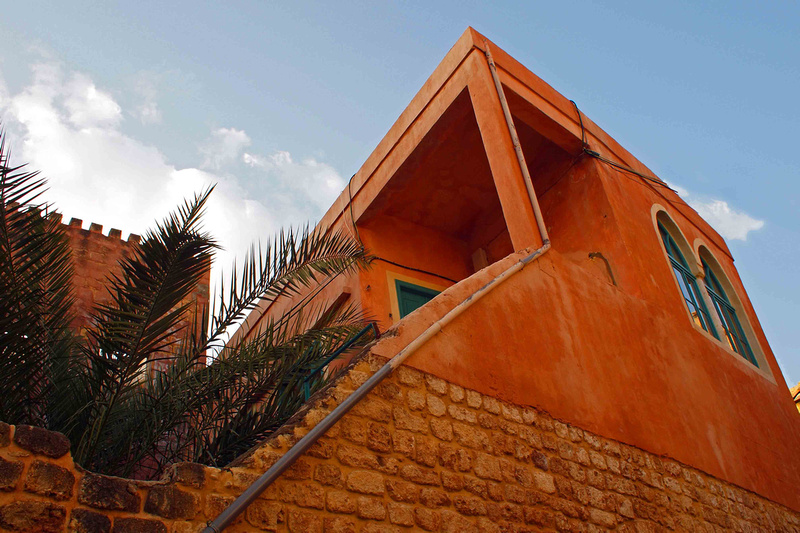



View from the tyre Corniche or Seaside onto the Sea towards the South.




